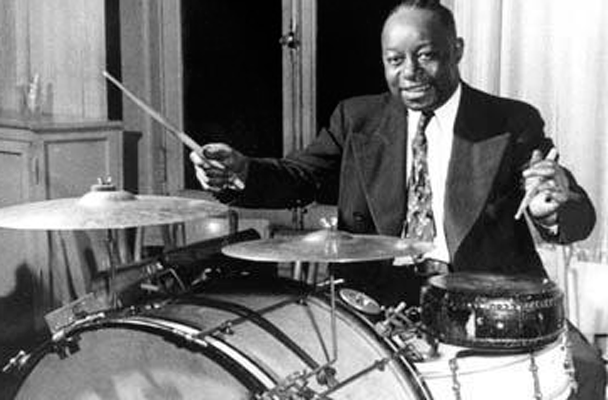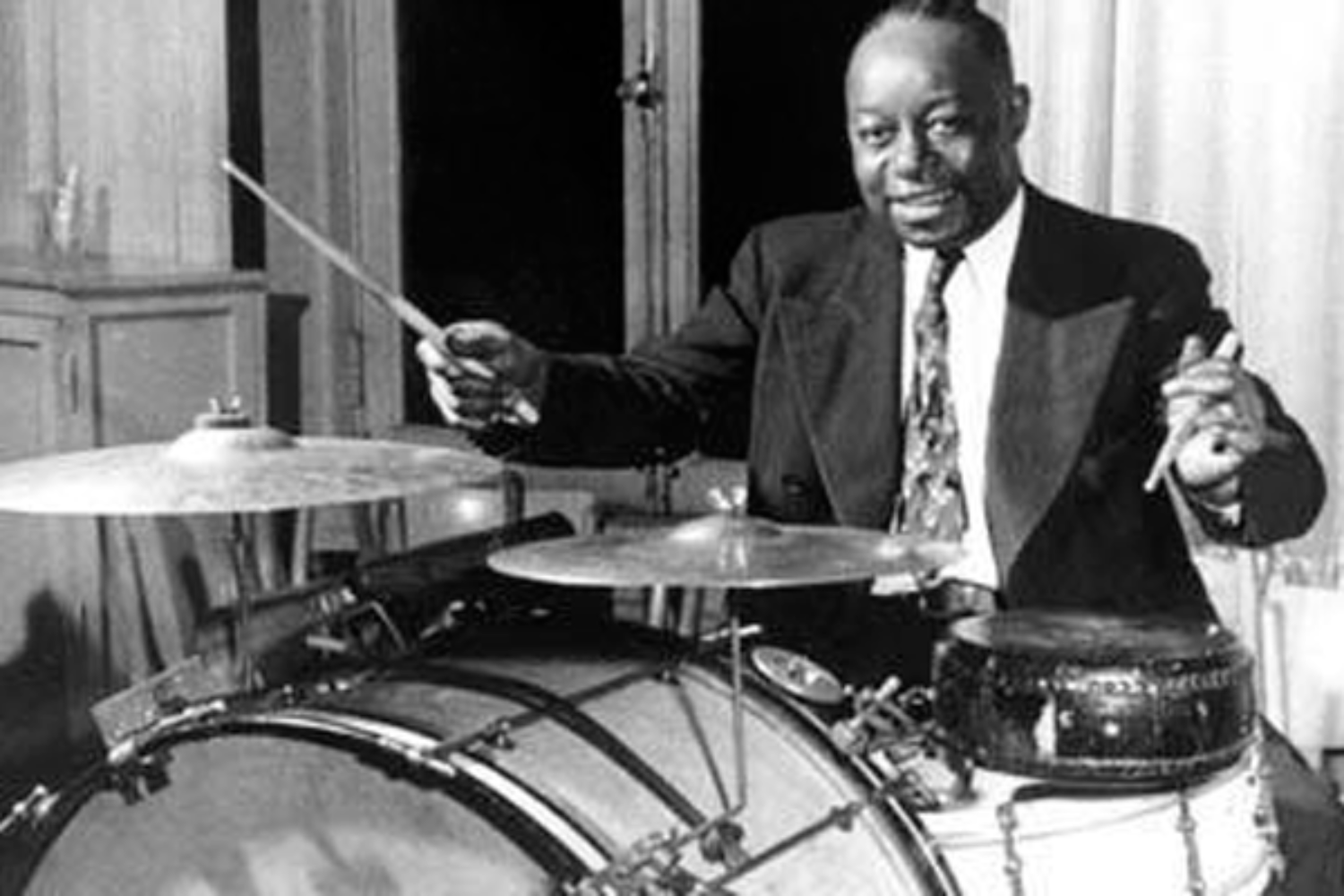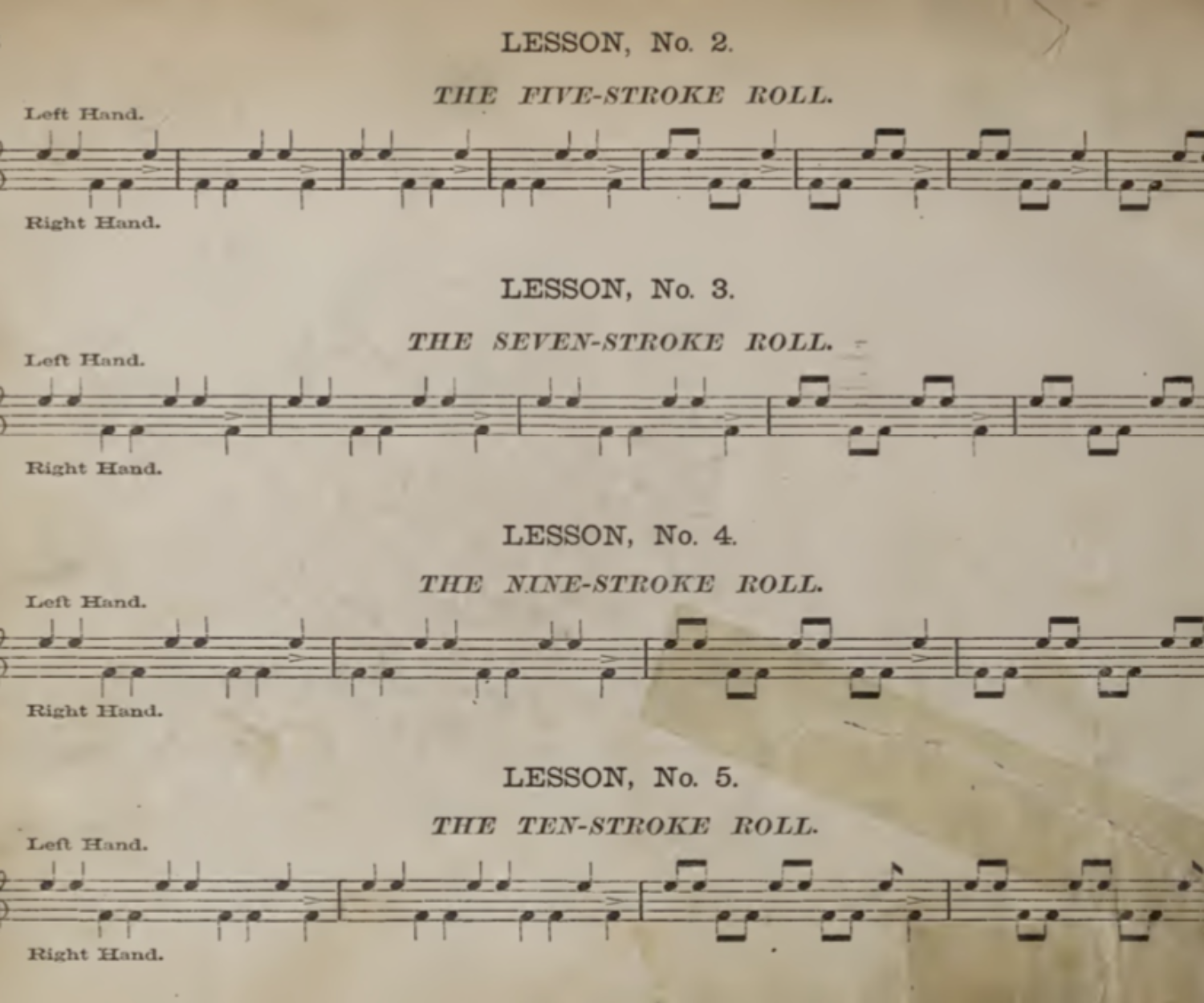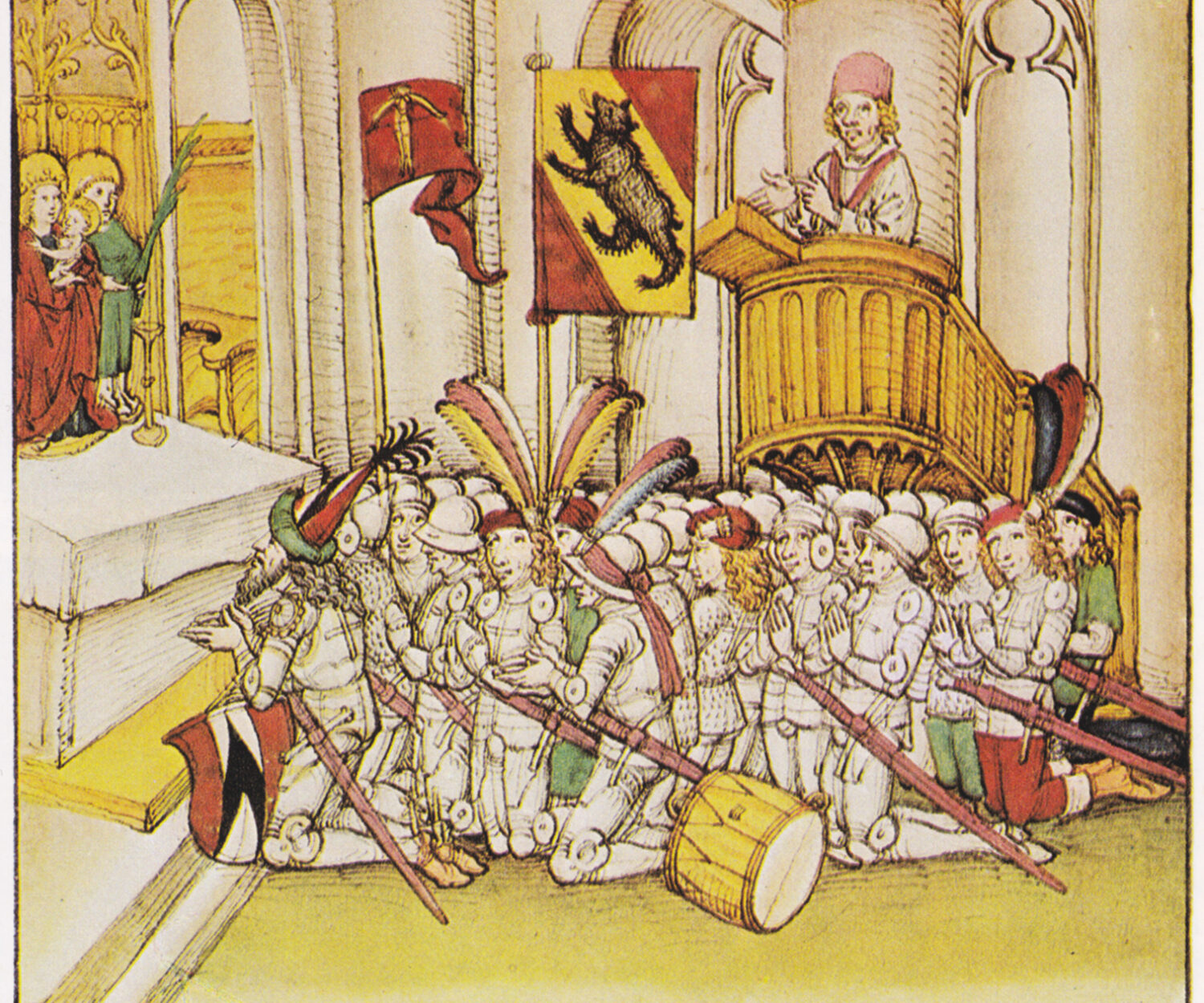Drumming and Jazz drumming are inextricably linked. In the article “When was the drumset invented”, you have already seen how the birth of the drum kit and the development of jazz music go hand in hand.
In this article, we will look together at 3 drummers who have been crucial to the development of (jazz) drumming: Baby Dodds, William Johnson, and Cozy Cole.
Jazz drumming: context
The term “Jazz” entered general vocabulary around 1915 and has been recognized worldwide since 1917 when Tony Sbarbaro and Nick LaRocca’s “Original Dixieland Jazz Band” recorded what is considered the first jazz record in history.
For historical and scientific honesty, it is not possible to determine who the first jazz drummer was, both for the lack of tangible evidence, and because there is no single “inventor” of the jazz language. Such a process is based on different drummers influencing each other in a fairly long time span.
The music of this period was exclusively dance music, for which the drummer had a specific role: keeping the tempo with the utmost regularity with the rhythm marked by the bass drum and accompanying the piece with marches played on the snare drum. There were no drum solos.
However, the role of the drummer implied a complete musical vision. The drummer accompanied the melodies that were presented to him, closing the end of the phrases and introducing the melodies to come with great rhythmic and obvious stylistic pertinence.
The first jazz drummers: Baby Dodds
Warren “Baby” Dodds was born in New Orleans on December 24, 1898, the younger brother of clarinetist Johnny Dodds, hence the nickname “baby”.
He learned to play in marching bands, practicing bass drum, snare drum, and finally the whole drumset. Between 1913 and 1921 he gained a lot of experience by playing in various orchestras.
With the outbreak of World War I, the Port of New Orleans became military, so the Navy decided to close Storyville’s red light district because it was dangerous to public order.
This was the cause of the first major “exodus” of musicians moving from New Orleans to Chicago.
In 1921, Baby Dodds was hired by King Oliver in his orchestra, giving him his first professional commission. In 1923 between Richmond and Chicago with the “King Oliver’s Creole Jazz Band” he recorded fundamental pages in the history of jazz, introducing elements which, although of continuity with that of drumming in New Orleans, showed unprecedented characteristics.
According to descriptions from the time, his set consisted of: bass drum with pedal, snare drum, four cowbells, a woodblock, a Chinese cymbal, a Turkish and a Chinese tom.
His style included the kick drum played on all fourths but in a light way (a technique that Kenny Clarke and Max Roach would further develop [feathering]) and the groove played on the snare drum and woodblock with rudiments alternated with intuitions of the young Dodds.
Baby Dodds introduced the accompaniment known as “Shimmy roll”. It consisted of the bass drum on every beat, the left hand on the snaredrum, while the right hand accentuated the weak beats (second and fourth beat) using the press roll.
 Until then, the strong beats of New Orleans music were the first and third beats. The tendency to accentuate the weak beats (second and fourth beats) was in the air.
Until then, the strong beats of New Orleans music were the first and third beats. The tendency to accentuate the weak beats (second and fourth beats) was in the air.
Baby Dodds had a highly developed musical intuition. He begins to end the accompaniment of the melodies with a cymbal accent on the fourth beat. This later became known as Big Four and is already present in several examples of New Orleans music.
In Willie the weeper (1927), Dodds is seen using the cymbal to constantly accentuate the second and fourth beats with the choke technique, adding to the confirmation of these as strong beats.
The drum traps were present in Dodds’ setup, and it was with the use of the washboard (consisting of a corrugated iron sheet attached to a wooden table and used to do the laundry) that he experimented with an accompaniment destined to become the emblem to become of Jazz.

This rhythm was now included in Dodds’ repertoire and is also played with sticks on the snare drum or cymbals.
One of the pillars of jazz drumming had just been established.
The first jazz drummers: Walter Johnson
A second pillar of jazz drumming was founded by Walter Johnson.
Between 1920 and 1923 he played with all the greats of the time: Louis Armstrong, Jelly Roll Morton, Fats Waller and Earl Hines. He picked up on many of Baby Dodds’ innovations, such as the accompaniment on the cymbal with the swing pattern, the emphasis of the weak beats, and the use of drum breaks.
 The “roaring twenties” represented a period of strong economic development for the United States that led to the collapse of the Wall Street Stock Exchange in 1929. Some social phenomena, including Prohibition (1919-1933) and the rise of the Ku Klux Klan , caused black musicians to gather in nightclubs and dance halls. The staggering rise in unemployment led to an increase in musicians grouped into Big Bands.
The “roaring twenties” represented a period of strong economic development for the United States that led to the collapse of the Wall Street Stock Exchange in 1929. Some social phenomena, including Prohibition (1919-1933) and the rise of the Ku Klux Klan , caused black musicians to gather in nightclubs and dance halls. The staggering rise in unemployment led to an increase in musicians grouped into Big Bands.
Joachim Ernst Berendt writes:
‹‹In Harlem, and even more so in Kansas City, a new way of playing developed in 1928-1929. Swing began with the second great exodus in jazz history: the journey from Chicago to New York››
The era of the great swing orchestras began. Think of Duke Ellington’s, Count Basie’s, Cab Calloway’s and Chick Webb’s orchestras.
In this article we’ll be focusing on Fletcher Henderson’s orchestra. In 1929 Walter Johnson was the drummer.
Unlike Baby Dodds, Johnson had an extra instrument in his set, the Hi Hat, which he will use to definitively play the comping, instead of using the snare drum only.
The effect of this choice is groundbreaking. The sound of entire big band changes and refines, enjoying a timbre that guarantees a well-marked but at the same time lighter accompaniment. At the same time, the left hand was free and began to be used to play free accents on the snare, while the right hand carried the swing pattern on the hi-hat.
The first jazz drummers: Cozy Cole
William Randoph “Cozy” Cole was born in New Jersey on October 17, 1909. In his career he has played with Jelly Roll Morton, Benny Carte, Blanche Calloway and Cab Calloway. In 1947 he joined the CBS Radio orchestra, the first formed by black and white musicians. He was also part of Louis Armstrong’s All Stars.

Cole believed that studying for a drummer was fundamental. He himself spent a lot of time practicing, taking lessons in drums, vibraphone and classical percussion, until he enrolled at the Juillard School of Music.
Cole saw the study of the rudiments as the means by which the drummer became fully aware of his hands, getting familiar with the various stickings and with the concept of “beat”.
In fact, his musical intelligence allowed him to accompany the fast-paced “China Stomp” five choruses with brushes without ever adding a hit, just using the groove of the brushes.
Also in “Groovin’ High“, recorded with the Dizzy Gillespie Sextet in 1945, Cole accompanies the first A with brushes, inserting kicks to emphasize the melody. His tendency to often use the floor tom to accompany brings him close to Gene Krupa, with whom he will open a music school in New York in 1954.
Credit to Cozy Cole is also the use and interpretation of the Shuffle, placing the accents on the second and fourth beats.
The drum kit wasn’t Cozy Cole’s only important musical instrument, after all. According to him, the drummer also had to learn to play the piano, both to improve his musical competence and to better tune his drums. Learning to arrange was also important. According to Cole, the drummer had to be a musician, just like the other band members.
Conclusion
Becoming aware of the history of our instrument has helped me a lot. I started with the history of the drum in Europe. Then we went to America to explore the history of National Association of Rudimental Drummers (NARD). Together we saw how the drum kit was born.
Suddenly the exercises on a sheet were not just exercises, but pieces of a long-standing tradition. An evolution where thousands of women and men – drummers – have played their part in shaping drumming as we know it today. So fascinating!
Do you have any questions? Contact me or comment below!
Discover more from Moreno Maugliani
Subscribe to get the latest posts sent to your email.



